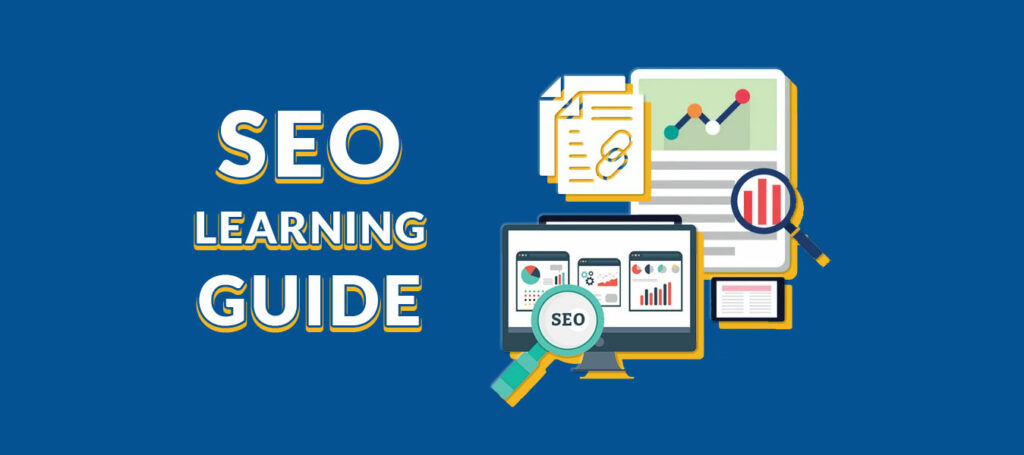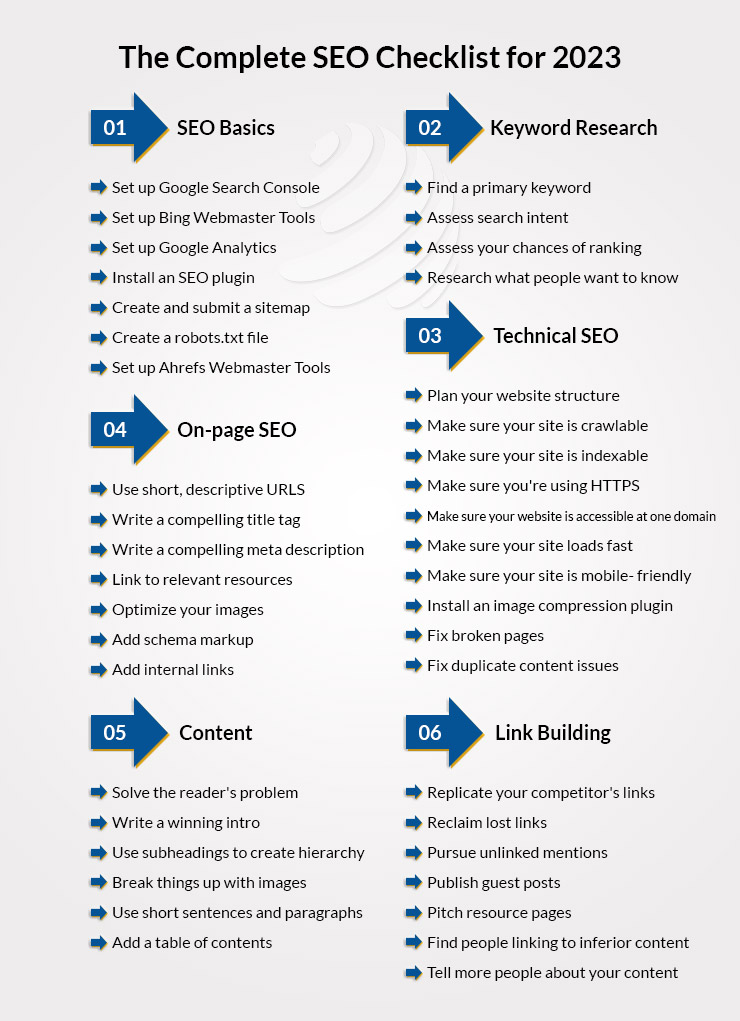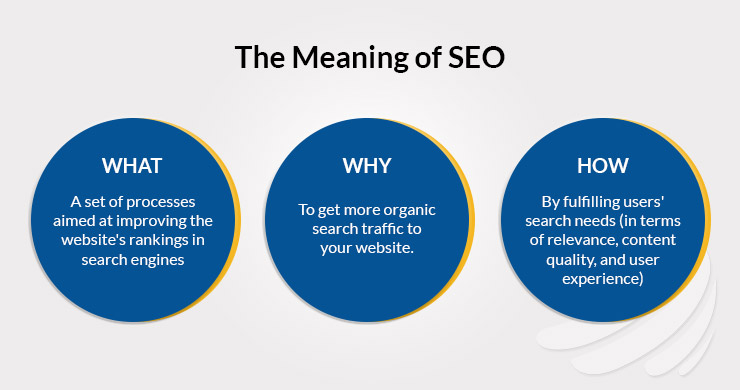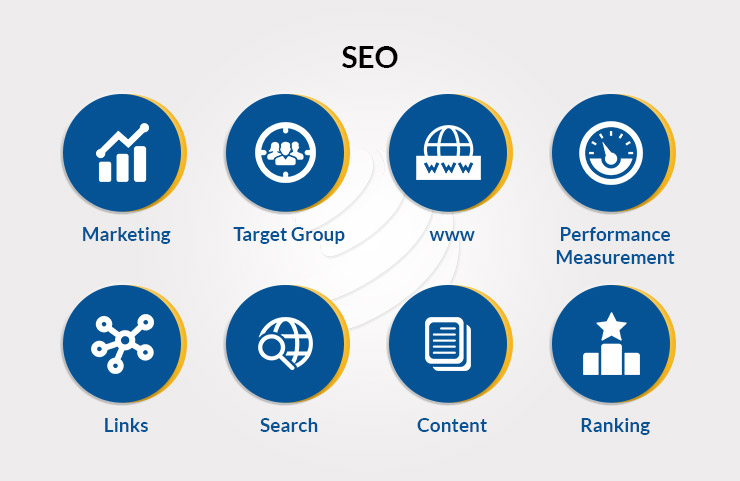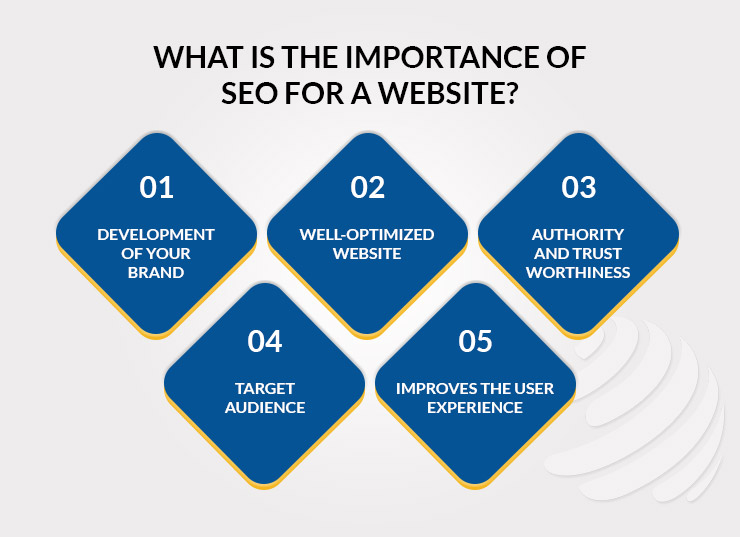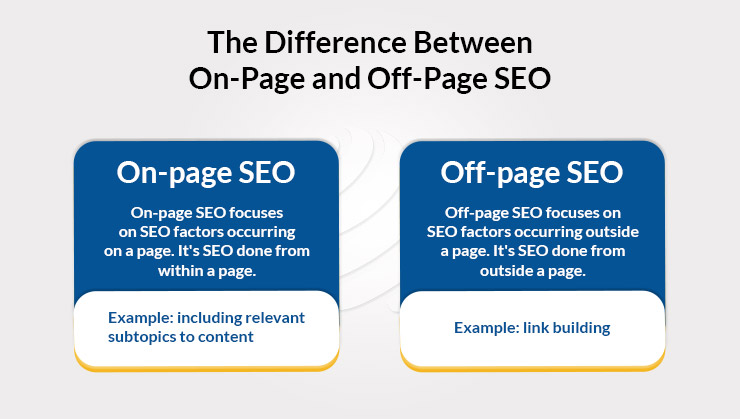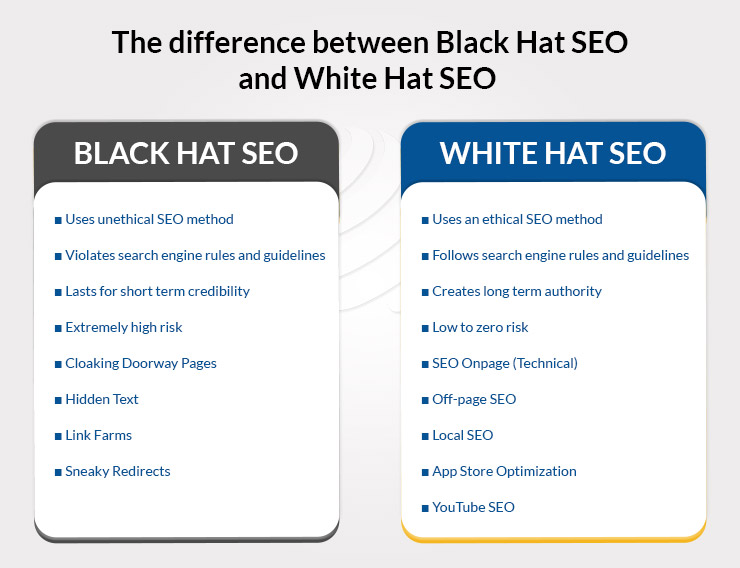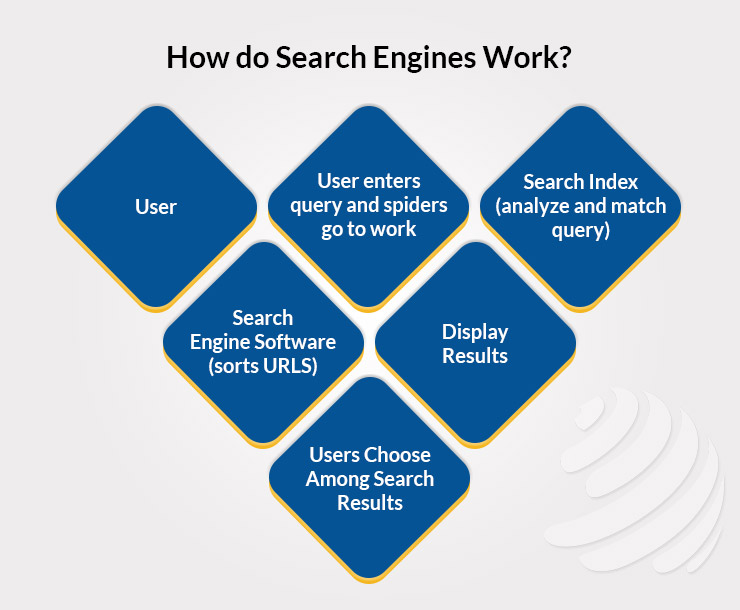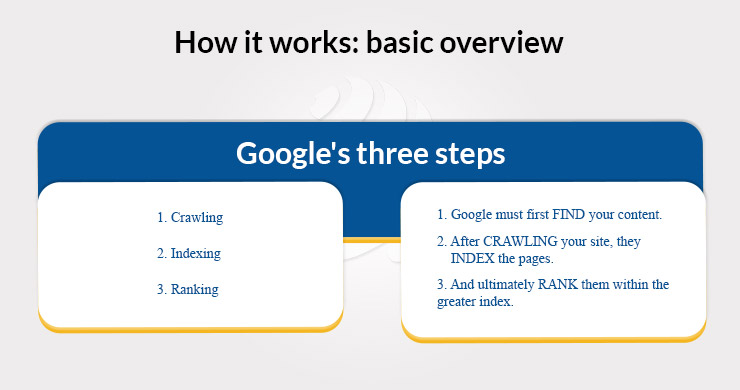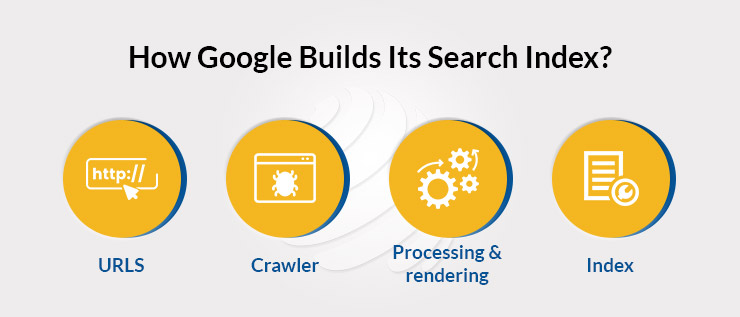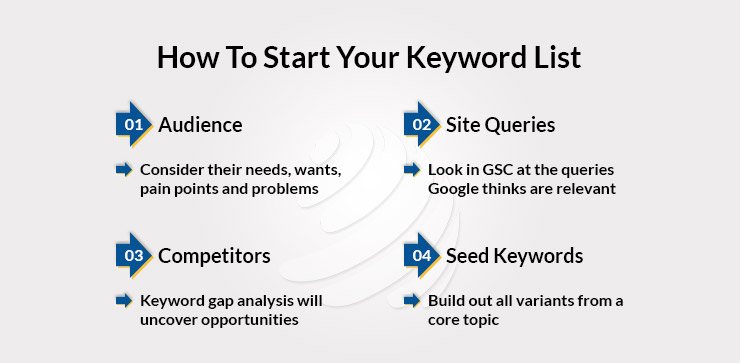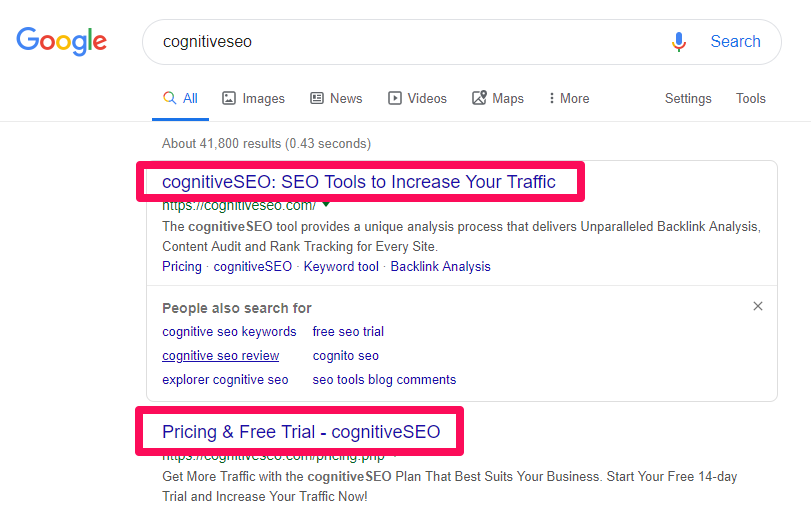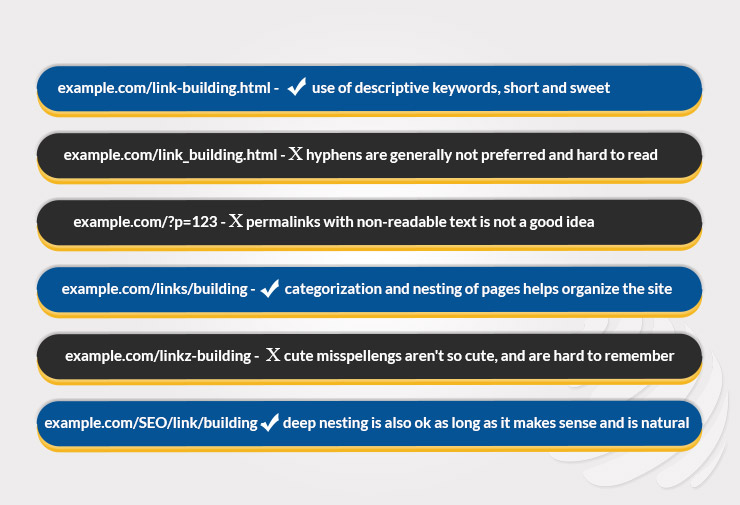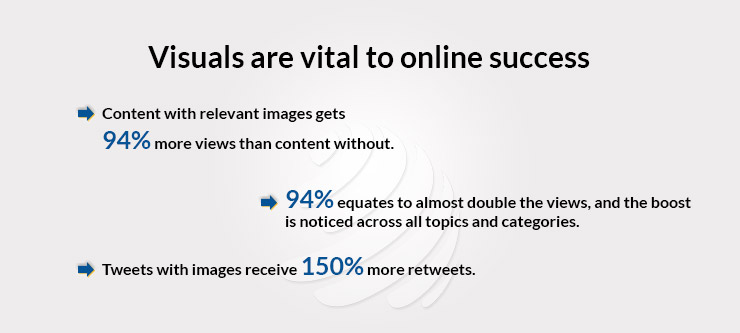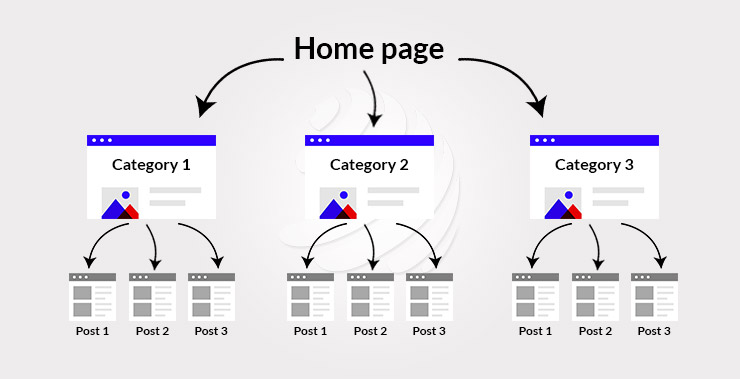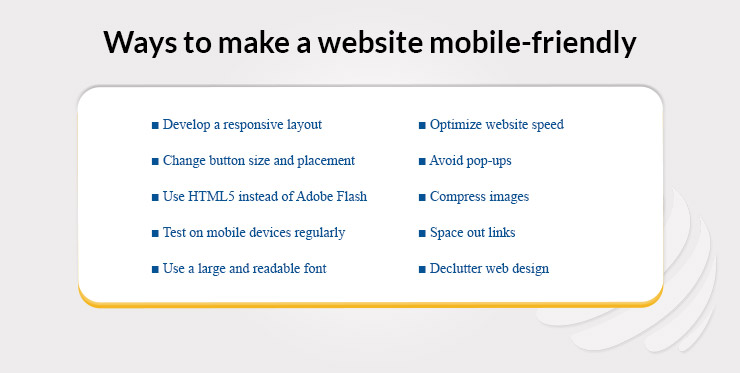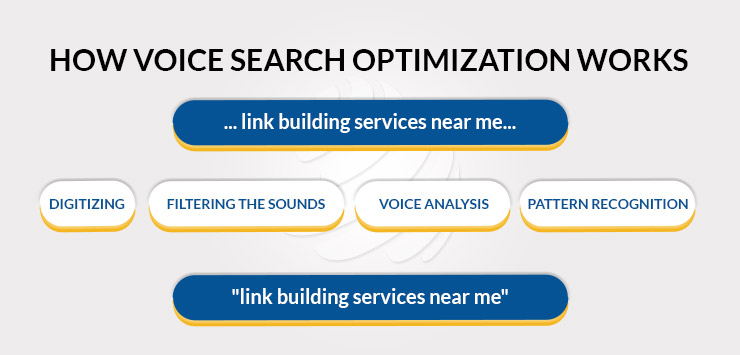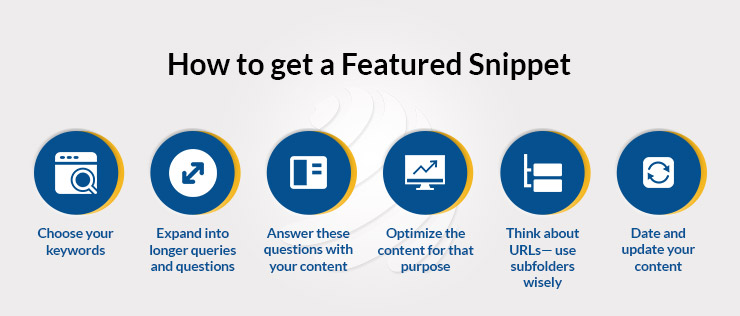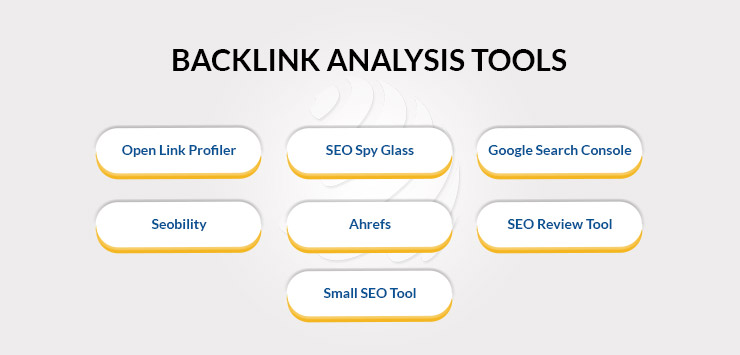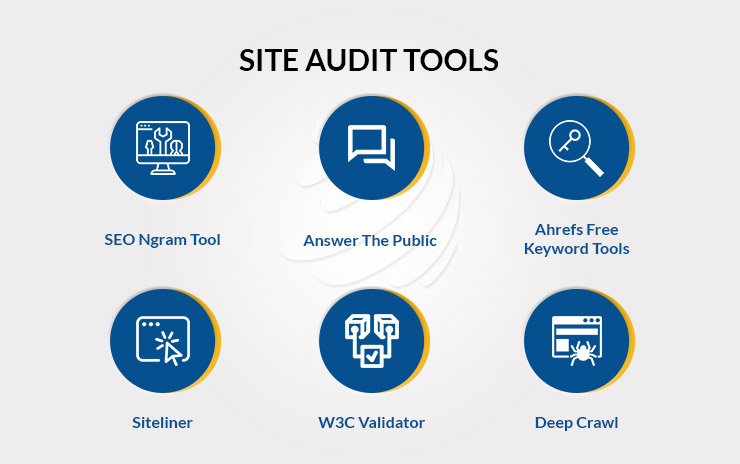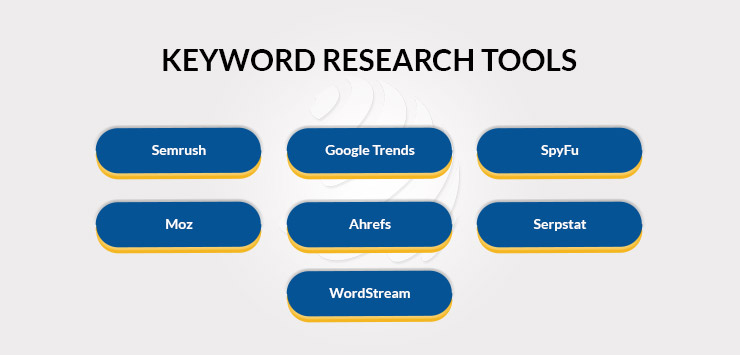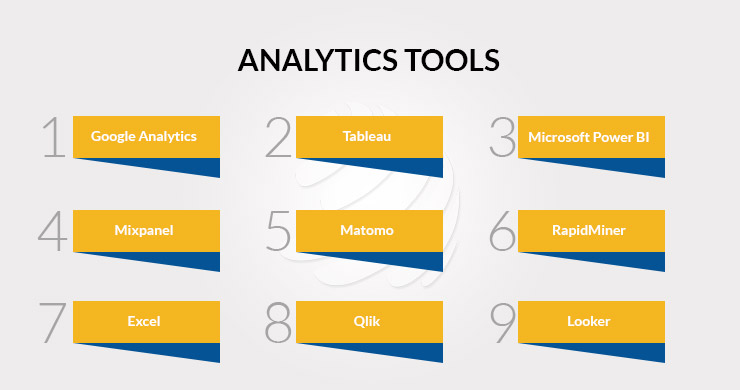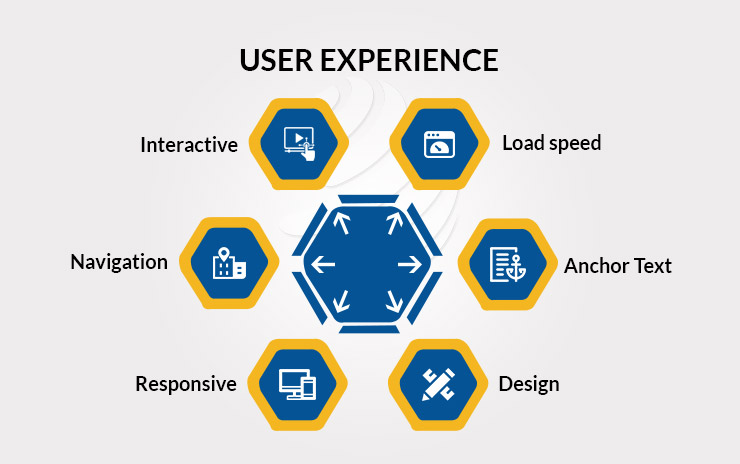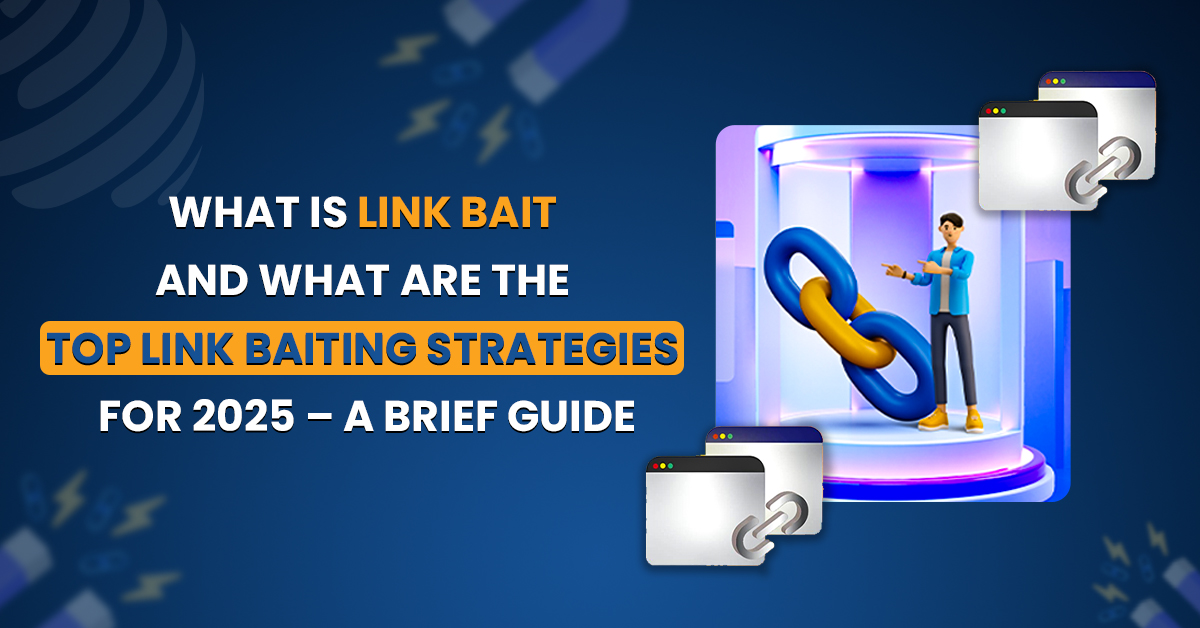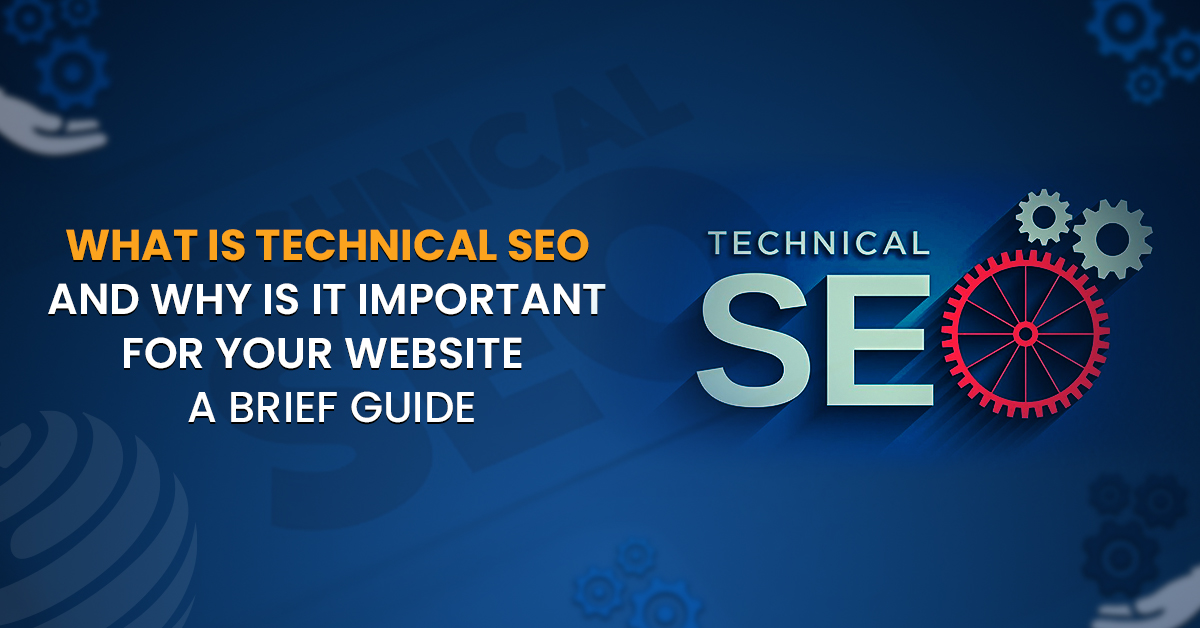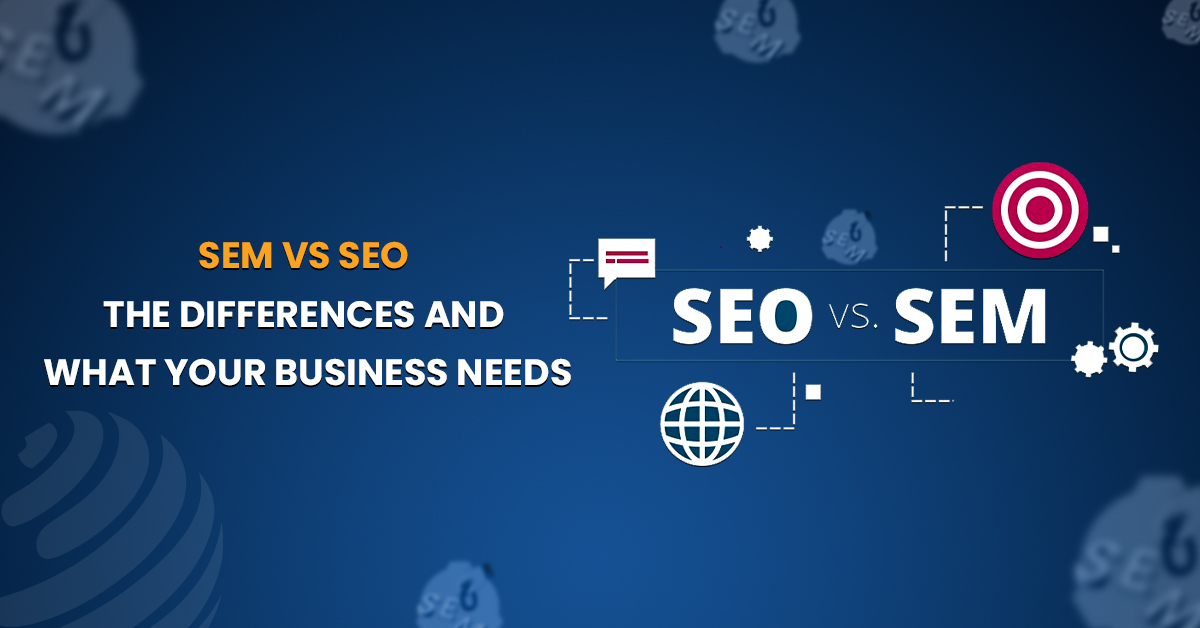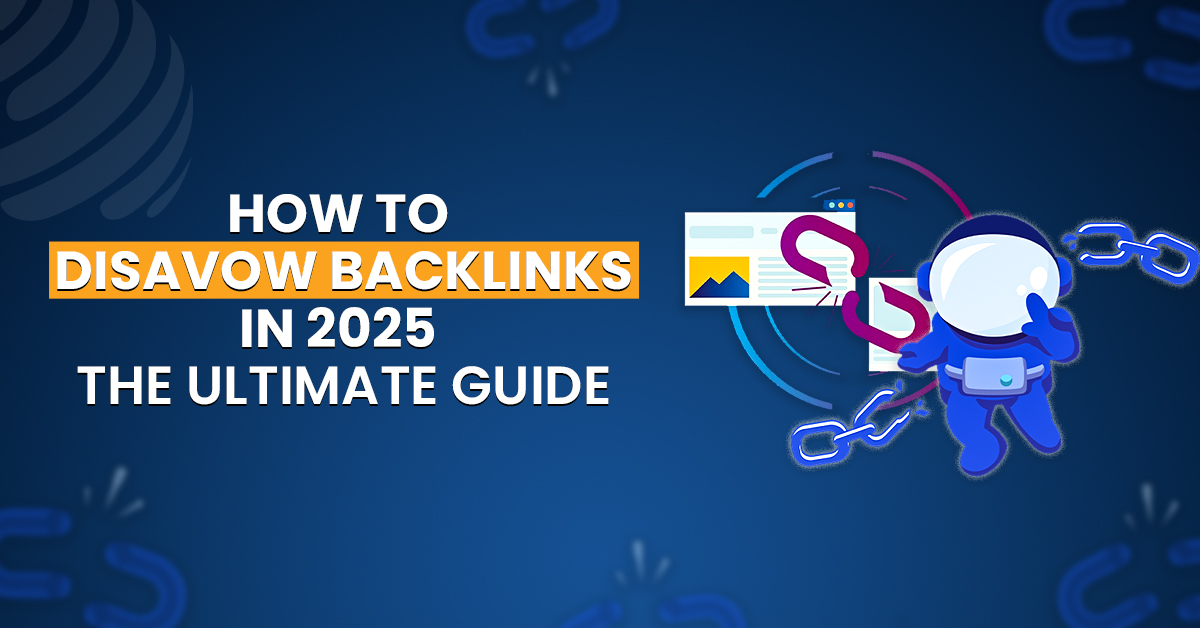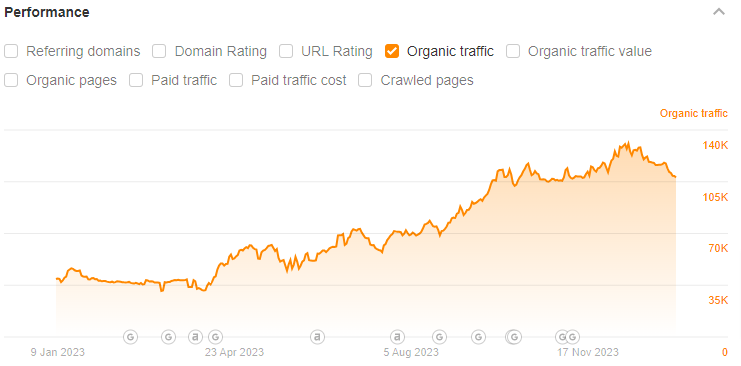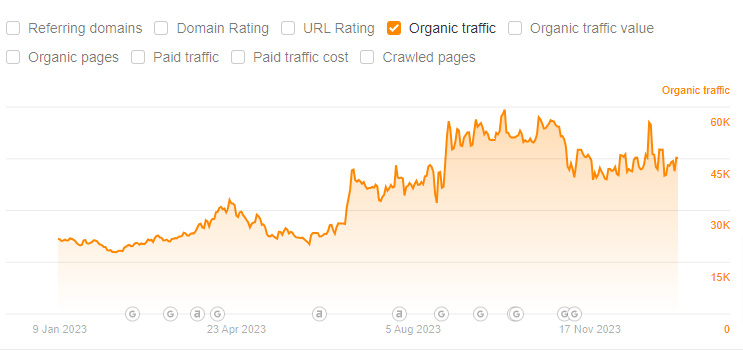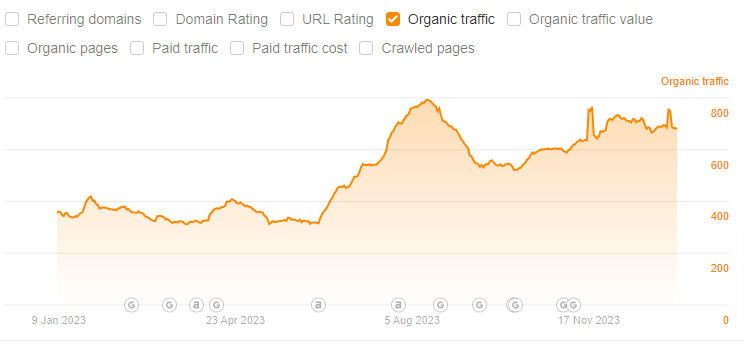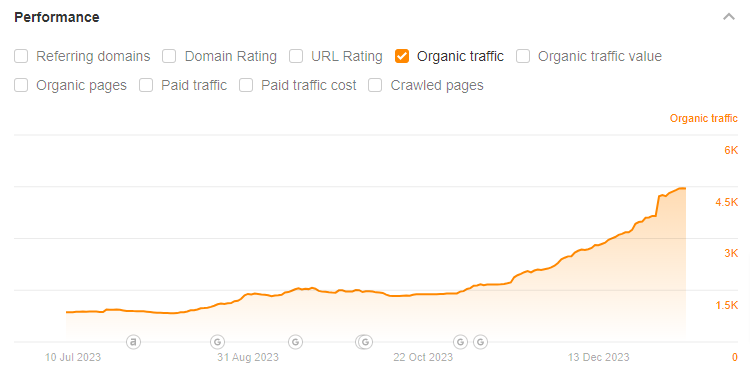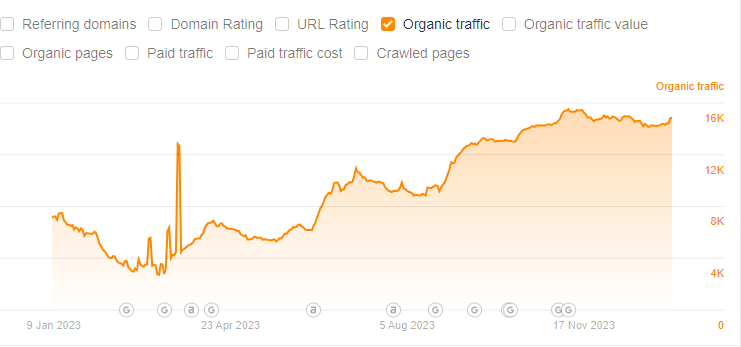Search Engine Optimization (SEO) is the ultimate key to unlocking online success. We have designed an SEO learning guide for you that will not only teach you the techniques but also empower you to harness the forces that govern the digital realm. Whether you’re a budding blogger, a digital entrepreneur, or an aspiring marketer, understanding SEO is the key to gaining a competitive edge in this race.
Just like an intrepid astronaut prepares rigorously for a space mission, mastering SEO involves acquiring the right knowledge, tools, and strategies to propel your online presence to meteoric heights. The principles of SEO, like the laws of physics, are dynamic and ever-evolving, influenced by the algorithms and intricacies of search engines like Google, Bing, and Yahoo.
In this SEO learning guide, we will delve into the very fabric of SEO, from uncovering the mysteries of keywords and backlinks to navigating the vastness of content creation and technical optimization.
Brace yourself for an immersive experience that will empower you to launch your website into the orbit of success and visibility. Throughout this SEO learning guide, we’ll equip you with the knowledge to traverse analytics and data, extracting valuable insights that will shape your strategies and guide your voyage to online supremacy.
What Is SEO?
The first step to learn search engine optimization is to know what SEO is.
So, let’s learn that first:
Search engine optimization, or SEO, involves expanding a company’s exposure in organic search results. In general, this is the goal of SEO. As a consequence, the brand or company’s official website receives greater traffic, boosting the likelihood that more people will convert into customers and money.
If you are asked to define SEO, just say that it is a strategy to ensure that people find a website when they Google that website’s product or service category.
However, this slightly simplifies the discipline of search engine optimization.
There are several techniques to increase the SEO of the web pages on your website. Keywords, image tags, Title tags, internal links, meta descriptions, and inbound links (often referred to as backlinks) are among the factors that search engines consider.
To evaluate how highly placed your site should be in their search engine results pages (SERPs), search engines also consider your site’s structure and design, visitor behavior, and other external, off-site variables.
After considering all of these important factors, SEO largely influences ranks and visibility.
Why Do You Need to Care About SEO?
People are searching for a lot of things on the internet at all times. So, not only is there an immense amount of internet traffic, but there is a lot of very targeted, high-intent traffic, which can be amazing for a brand or business.
If you sell green widgets, would you rather appear when someone searches for “buy green widgets” anywhere in the globe or purchase a billboard so anybody driving by in your neighborhood sees your advertisement (regardless of whether they will ever be interested in green widgets or not)? Most likely, the latter, as they are rising up and expressing a desire to purchase something you have to offer, demonstrate their commercial motivation.
There are many different things that people are looking for that are specifically related to your business. Additionally, your prospects are researching a wide range of subjects that have only a tenuous connection to your business. These provide you with even more opportunities to connect with them, help them find solutions to their problems, and position yourself as a trustworthy resource for them.
Which website are you going to trust? One you’ve heard of before or one you trust because it offered you excellent advice each of the last four times you searched Google for assistance with a problem?
Basic SEO Terminology for Beginner SEO Guide
When you start learning SEO via a professional SEO learning guide, you will come across a lot of terminologies, and some of them could leave you baffled. Here are a few SEO terminologies that you should be familiar with when going through a top SEO learning guide to get you started.
-
On-Page SEO
Everything you do on your website—from the way you use particular terms in your content to more technical considerations like how your website is coded—is considered on-page SEO.
-
Off-Page SEO
Everything you do to market your website and increase its authority outside of it is known as off-page SEO, including obtaining backlinks from other authoritative websites.
-
Backlinks
Links from other websites work as votes for your website. These are viewed by Google as evidence that your material is worthy of being ranked at the top. It will be simpler for you to rank the higher the number of high-quality backlinks you have.
-
Black Hat SEO
Black Hat SEO techniques are ones that go against Google’s guidelines and might lead to penalties for your website. Black Hat SEO could help you succeed in the short term, but you won’t last long at the top. You will most likely be fired by Google soon. We urge you to avoid doing this.
-
White Hat SEO
If you want to properly implement what you have learned through the ultimate guide to learn SEO, then you need to apply white hat SEO. The antithesis of black hat SEO is white hat SEO. In other words, it’s SEO carried out properly. If you want to succeed in the long run, keep to this!
How Do Search Engines Work?
Search engines are powerful digital gateways that facilitate our online exploration by enabling us to find relevant information amidst the vast expanse of the internet.
At their core, these ingenious tools utilize complex algorithms and web-crawling techniques to index and organize an astonishing array of web pages. By unraveling the intricate web of interconnected data, search engines play a pivotal role in our daily online interactions, empowering us with the knowledge and insights we seek with just a few keystrokes.
Let’s take a look at a step-by-step analysis of how search engines work:
-
Algorithms
In order to determine if a page is worthy of a relevant search query, search engines such as Google and Bing use algorithms. PageRank (based on a scale of 0–10) is one of the many elements (Google utilizes over 200 ranking factors) that are used to determine the authority of a webpage.
Every website that Google scans is given a PageRank rating. A portion of another website’s PageRank is transferred to your website when it links to yours. Your PageRank will increase, and search engines will view your website as more reliable the more websites there are linking to you.
-
Crawling
By following links they discover from billions of sites throughout the web, search engines use robots or “spiders” to crawl billions of web pages.
-
Ranking
When a user enters a search query, a search engine searches its index for sites that match the user’s search query, organizes the results, and then shows the most pertinent ones to the user.
Search engine algorithms determine the order in which the web pages are presented by taking into account hundreds of ranking parameters. A ranking score is subsequently assigned to each page.
Your website must perform better than every other site that is qualified to appear for a relevant search query in order to rank well on the search engines.
However, heed the warning that you will be penalized if you use dubious tactics to trick search engines. The “Google Slap”—a penalty and removal from the SRPs—is the result of Google’s tough policies on websites that attempt to manipulate their results.
-
Indexing
The data is subsequently added to the index of the search engine.
Advance SEO Learning Guide
We have compiled the best SEO learning tips for you to follow before you hit that publish button. Here’s a step-by-step guide to learning SEO:
-
Strategically Research Keywords for Your Blog
Once you have found a topic for an article for your blog, you must conduct some keyword research. This will enable you to comprehend how Google users are looking for the subject.
Look for keywords with a lot of volume and good ranking potential. In addition, it will be simpler for you to generate content that would please the searcher if you comprehend the purpose of the term.
Simply put, keyword research is the first, basic, and most crucial component of SEO that you must not neglect.
-
Optimize Your Article’s Title and Subheadings
Now that you have already found your keywords, you must employ them in your article’s body, title, meta description, subheadings, and body copy.
The keywords do not have to be inserted into your content forcibly. Make sure to use them naturally and avoid stuffing them where they don’t make sense or sound good. Always keep in mind that your audience is the reader, not Google when writing.
Meta titles and meta descriptions are the only meta tags with which you need to be concerned. In each of them, your keywords should be used.
-
Use Readable URLs
Readable URLs are an important aspect of any guide targeted to teaching How to learn SEO in 2023. This is a crucial component of SEO, especially for bloggers. The URLs for your blog posts should never appear like this:
www.sample.com/2023/article932vg536wc456s34
Instead of that, make your URLs more readable such that they resemble this:
www.sample.com/link-building-tactics/
The URL should be able to convey the main idea of your article or blog post and provide a general overview of the subject.
If you use WordPress, you can check your WordPress URLs by logging in to your dashboard and selecting Settings » Permalinks. Choose “Post Name” and change it accordingly.
-
Add Rich Media to Your Blog Posts
By including photos and videos in your content, you can improve visitor engagement, lower bounce rates, and lengthen average visits. This gives Google positive signals, which raises the ranking of your article.
Make sure to include alt text in your image captions. Your photographs will be better understood by Google if you include alt text. Additionally, it assists in getting your photographs displayed on Google Image search, which could result in traffic. We suggest that you use TinyPNG to optimize your pictures so that they load quickly.
-
Link to Other Articles on Your Website’s Blog
Internal links are the ideal method for directing visitors from one website to another. It increases the length of time that visitors stay on your website, which is what you want as a brand and website owner.
In terms of SEO, strategically placed internal links aid Google’s understanding of your site’s structure, subject matter, and key pages. Each blog post should ideally only require two clicks to access from your home page.
-
Ensure Your Site Is Mobile Optimized
Since mobile devices like tablets and smartphones account for about 60% of searches, it’s critical to have a very effective and quick mobile version of your website.
Even for desktop searches, Google considers your website’s mobile version when determining its position in search results. This is known as “mobile-first indexing.”
Therefore, even if most of your website’s traffic comes from desktops, you won’t score well if your mobile version isn’t quick enough. Due to this, it’s crucial to test your website’s speed to check if it’s quick enough and to have a responsive design that appears nice on any layout.
-
Optimize Your Content for Voice Search
Since 2008, voice searches have increased 35 times, and 41% of adults now conduct at least one voice search each day. Additionally, voice searches account for 20% of all mobile searches. Because of this, it makes sense to also optimize your content for voice searches.
You must place among the top 3 results for your search in order for it to be displayed during a voice search.
As 4 out of 10 voice search outcomes come from featured snippets, having your material included there also improves your chances. Even more, can be achieved by including a “Frequently Asked Questions” section in your article.
-
Try to Get Your Content in Featured Snippets
Another element that you should attempt to optimize (during your SEO learning guide) when possible are featured snippets, commonly referred to as “position 0”.
The boxes that appear at the top of search results are called featured snippets.
Here’s how you can get your content to appear in the featured snippets via our SEO learning guide 2023.
Get your articles ranked on the first page of search results first. After that, you can format and improve your material to acquire the snippet. Some of the content categories that are highlighted in the featured snippets include:
- What is
- Why is
- How to
- Best of
- Who is
In other words, any blog posts or articles that have question-related types of content have better chances of getting into the featured snippet.
Essential SEO Tools for Beginners
You’ll need a few tools in your toolbox to successfully optimize your website. Here are a few fundamental SEO tools that every newbie should be aware of:
-
Backlink Analysis Tools
You may analyze the backlinks of your competitors and create your own link-building plans with the aid of backlink analysis tools such as Moz Link Explorer or Ahrefs Site Explorer. Additionally, it assists you in determining the type of backlinks generated on each and every web page of your website, such as do follow or no follow backlinks.
-
Rank Tracking Tools
You may follow the evolution of your site’s ranking for particular keywords over time with rank tracking tools like Ahrefs Rank Tracker or SEMrush Position Tracking. These tools allow you to track the traffic generated by certain keywords over a specified time period, as well as their ranking, in order to spot growth patterns, analyze them, and take remedial action.
-
Site Audit Tools
You can find and address SEO issues on your website with the aid of site audit tools such as Ahrefs Site Audit or Screaming Frog. These tools evaluate your website’s general health and suggest the best ways to optimize it.
-
Keyword Research Tools
You can uncover high-potential keywords to target in your content by using keyword research tools like Ahrefs Keywords Explorer, Answer the Public, and Google Keyword Planner.
-
Analytics Tools
Analytics technologies, like Google Analytics or Adobe Analytics, give you useful information about the traffic to and user behavior on your site.
Our Google SEO best practice guide will help you learn advanced SEO skills and become market-ready in just a few weeks if you want to gain more in-depth knowledge about SEO tools and how to apply them successfully.
How to Learn SEO?
How can you learn more about advanced SEO guide now that you are more aware of what SEO is and how it operates?
It should become a regular habit for you to read (or, if you prefer, watch or listen to) the most recent SEO news, research, best practices, and other advancements, whether daily, weekly, or monthly. Additionally, make an investment by going to at least one or two events annually.
Algorithms must adapt regularly to keep up with the changing expectations and behavior of searchers. That is combined with recent technological advances (just take a look at ChatGPT’s meteoric ascent in late 2022 and the abrupt inclusion of generative AI in search results in 2023).
How Do I Set My Website Up for SEO Success?
If you’ve ever wondered how to get your website to the top of search engine results, you are not alone. Setting up your website for SEO triumph is like charting a course of online visibility. Whether you’re starting from scratch or giving your site a boost, understanding the basics of SEO is the key to attracting visitors and outshining your competitors.
Let us help you explore the essentials and discover how to make your website shine in the world of SERPs. Let’s lift off to SEO success together!
-
Crawlability Is Important
Make sure your website is simple for search engines to crawl and understand before anything else. You want those small bots to be able to easily explore your website and understand what it is all about. Make a streamlined, well-organized website structure to do that. Consider it a clear road plan that both users and search engines may follow.
-
Keywords Are Your Best Friends
Next, in our full SEO guide (including guide to learn on page SEO and guide to learn off page SEO), keywords are your greatest friends. When searching for something, users enter these terms and phrases into search engines. Find the ideal keywords for your website—those that are applicable to your content and have a respectable search volume—by doing some research. Then, naturally incorporate them into the page titles, headings, URLs, and, of course, the content of your website.
-
Prioritize Content
When it comes to search engine optimization success, content is a major factor. Produce instructive, entertaining, and high-quality material that your audience will adore. This might take the form of articles, blog entries, podcasts, or even movies. Consistency and adding value are crucial.
Oh, and make sure to optimize your content with the earlier-discussed keywords. But always keep in mind that you should never compromise the quality of your content for SEO. Prioritize making it user-friendly.
-
Don’t Forget Backlinking
Let’s now discuss, in our SEO learning guide, the popularity contest, which is backlinks. These act as online endorsements, letting search engines know that your site is worthwhile visiting. The better it will be for you if more trustworthy websites connect to yours. Therefore, spread the word about your material, work with other bloggers or influencers, and develop those highly valuable backlinks.
-
Give Special Attention to User Experience
Another important element in the effectiveness of search engine optimization is user experience. No one has time to wait around for a slow website, so make sure it loads quickly.
Keep it responsive to mobile devices as well, as more people than ever these days browse on their phones. A clean design and easy navigation will also please your visitors and persuade them to stay on your site. This is an important part of any SEO startup guide.
-
Leverage Social Media
Not to be overlooked in any SEO learning guide is the influence of social media. Having a good social media presence can increase traffic, engage your audience, and even result in some highly sought-after backlinks, even if it has no direct impact on your website’s position. Share your amazing content, engage with your fans, and let everyone know what a great website you have.
And there are some crucial actions you should take to prepare your website for SEO success. Keep in mind that a SEO learning guide is a process, not a one-time event. Continue to acquire knowledge, to modify, and to keep abreast of the most recent SEO trends.
SEO Learning Guide FAQs
Is it possible to learn Search Engine Optimization in 3 months?
According to experts, it typically takes one to three months to grasp the basics of Search Engine Optimization (SEO) and a year or more to properly perfect the technique. The amount of time it takes to perfect all fundamentals of SEO depends on quite a number of diverse variables.
Is Search Engine Optimization easy to learn?
Some of you are undoubtedly feeling a little intimidated after reading the guide right now. It sounds advanced talking about search algorithms, keyword research, and reciprocal links. Even for a total newbie, Search Engine Optimization (SEO) isn’t that difficult to learn despite all the technical terminology. You just need to be prepared to invest the required amount of time and effort.
Does an SEO learning guide require you to learn coding?
The quick answer is no, normally SEO doesn’t involve much actual code. Without ever learning how to code, it is entirely possible for you to perform excellent SEO. The lengthier and the more complex answer is that sure, having a good understanding of how programming and coding operates—or even being able to do some of your own coding – is always a handy talent to have.
Can you also learn SEO via Google?
There is no way to become a Google Search Engine Optimization Certified expert, however you can learn SEO by following any of the official Google SEO courses. Although Google does not offer an SEO certification, it does offer a number of professional certificates, such as a Google Digital Marketing, a eCommerce Professional Certificate, and a Google Digital Marketing Certification.
What are some skills you should have for a SEO learning guide?
A strategy known as search engine optimization (SEO) helps a website get more authority, more organic traffic, and a higher ranking in search results. The ability to comprehend fundamental techniques and technical SEO are essential for being a successful SEO practitioner.
How can you practice your SEO skills to perfect them?
Building your website from the start and optimizing it for search engines using all the industry-standard SEO techniques, such as keyword research and on-page optimization, is the only way to master the practical side of SEO. The more websites you create and SEO-optimize, the more priceless experience you get.
Summing It Up
As we bring our SEO learning guide to a close, you have undoubtedly ventured far beyond the borders of the known digital realm and uncovered the secrets of search engine optimization. Just as seasoned astronauts return from space with a renewed perspective on our planet, you now possess the knowledge and skills to transform your online presence and impact the vast digital universe.
Throughout this journey, we have witnessed the power of keywords and content, the pull of backlinks, and technical optimization. By applying these insights with precision and creativity, you hold the power to propel your website to new heights, shining like a radiant star amidst the crowded skies of the internet.
SEO is in a perpetual state of motion. Algorithms evolve, trends shift, and new opportunities arise. Embrace this ever-changing landscape as a chance to learn, adapt, and continue your exploration of the SEO universe. Remember, mastering SEO is not a one-time mission but an ongoing expedition. Stay curious, engage with the SEO community, and never stop expanding your knowledge. Nurture your website with fresh and relevant content, and build meaningful connections within the digital galaxy to amplify your impact.
Moreover, SEO success requires patience and dedication. Measure your progress with analytics, celebrate your victories, and learn from any setbacks. Your journey may have its ups and downs, but with perseverance, you will ascend to new heights.
Always prioritize user experience, creating content that informs, delights, and resonates with your audience. Building trust and loyalty among your visitors will ensure a sustainable orbit of success.
As we conclude this SEO learning guide, we hope you depart with newfound confidence and a sense of excitement for the possibilities that lie ahead. You now possess the knowledge to navigate the ever-changing SEO and chart your course to digital greatness.

